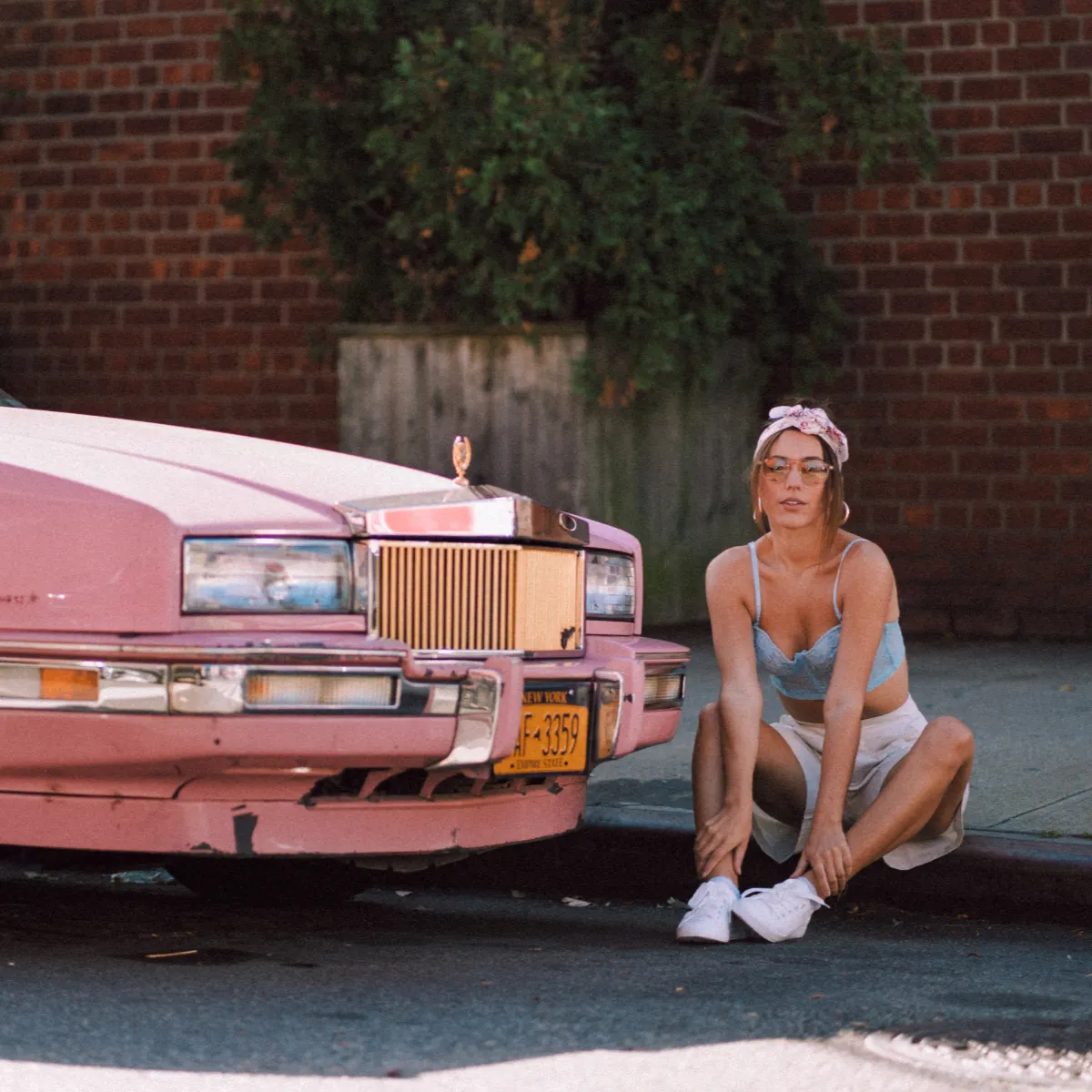Dressing vintage is a skill that doesn’t always come naturally. While some vintage-inspired outfits are often the best and surpass fickle trends, you need to be careful not to look too costume-like!
Instead of jumping into a head-to-toe vintage ensemble, it can be better to strip the look back and experiment with elements of vintage style on their own. There’s nothing wrong with wanting the complete vintage look, but getting the outfit just right can be challenging.
If you want to start dressing vintage, keep on reading! We’ve found some handy tips and tricks to help you improve your wardrobe and retro style.
What Is Vintage Clothing Style?
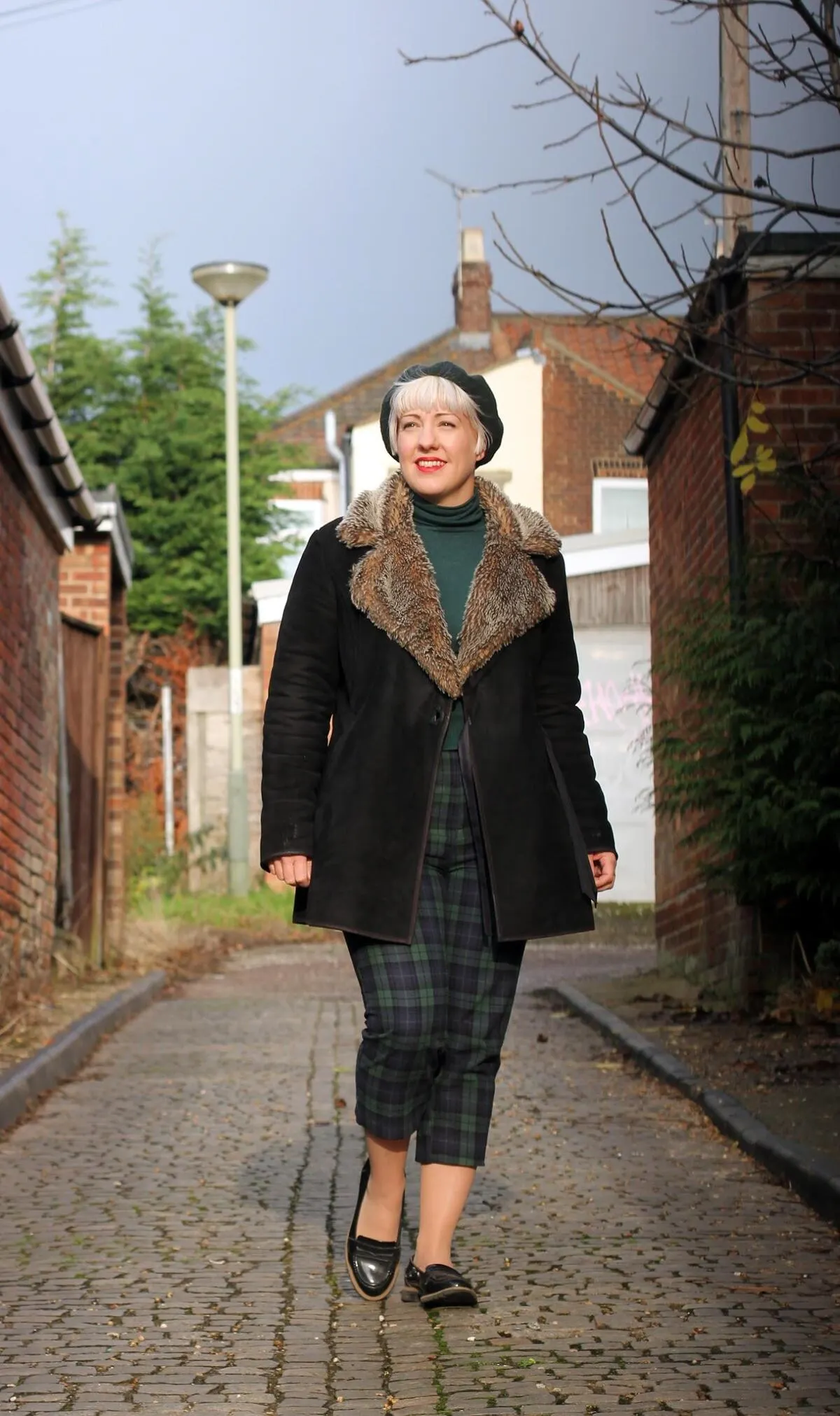
A vintage clothing style sometimes depends on your own opinion.
RELATED: 23 Fashion Aesthetic Types That You Should Know About
Most stylists define vintage style as any clothing that people wore in a previous era. However, some disregard recent decades as not enough time has passed yet. Though this definition is blurred, you can use it to your advantage and mix styles from different decades as you see fit.
At What Age Is Clothing Considered Vintage?
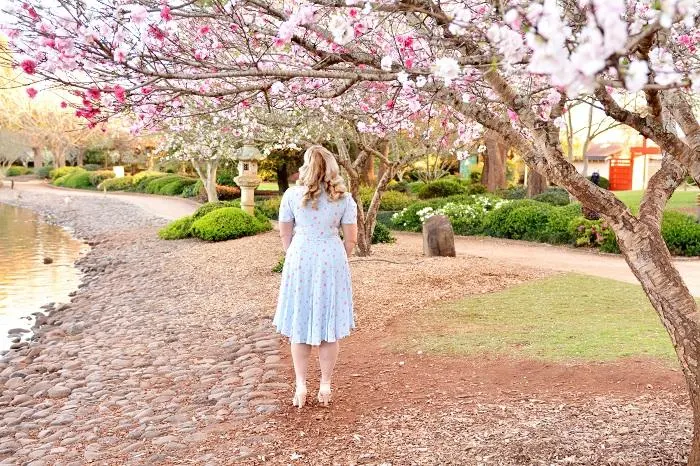
While there’s no fixed definition for vintage, fans of the style do have general guidelines for determining if a decade is vintage or not. If the style is older than 20 years, it can be described as vintage or retro, however, to be “true vintage,” the style should be at least 50 years old.
If the era is over 100 years old, it can also be described as antique.
That means that any styles pre-2000 are vintage, while styles before the 70s are “true vintage.” Don’t take this rule as gospel, though, as we’ve seen increased popularity in the 2000s aesthetic, and many stylists and designers are already calling this decade vintage too.
Retro Vs. Vintage: What’s the Difference?
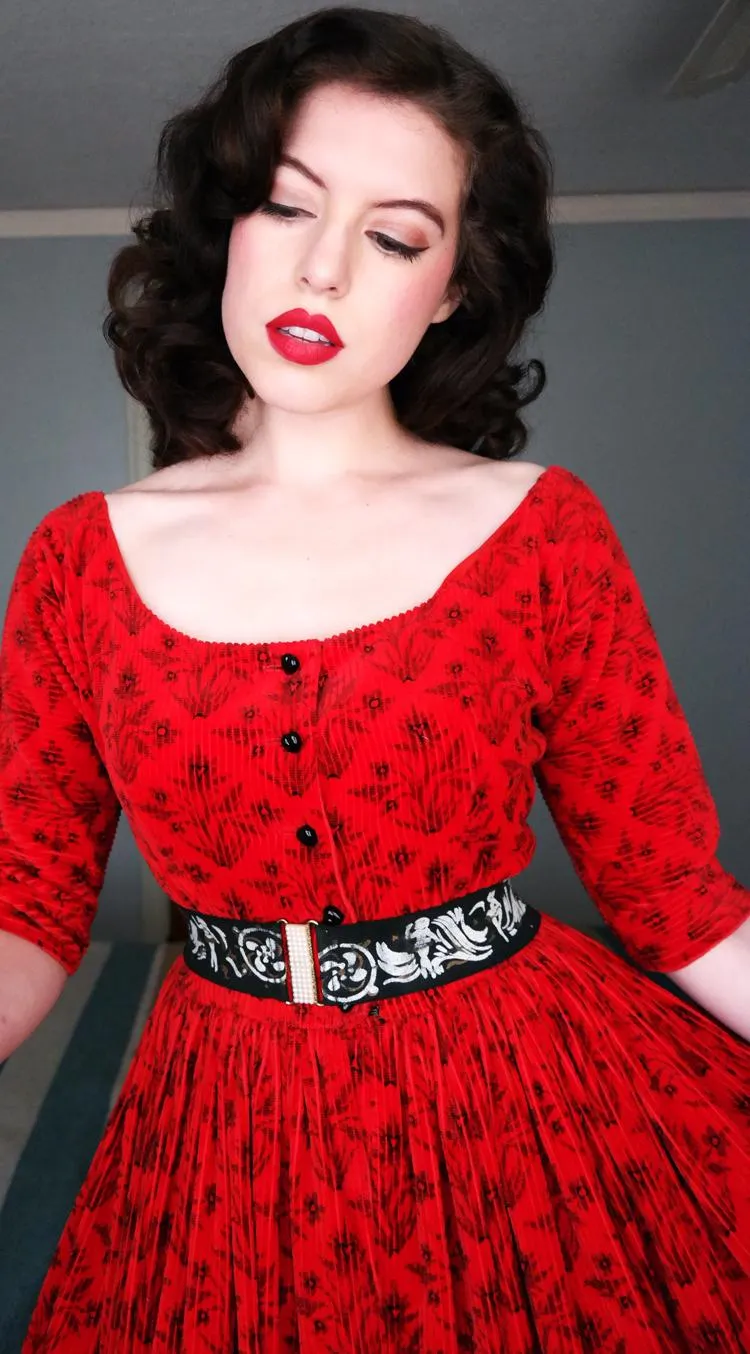
The retro vs. vintage debate also has blurred lines. The difference between retro and vintage clothing is that retro clothes were created to imitate fashions of the past, whereas vintage clothes reflect the era they were made from. You can get some retro inspiration from our selection of retro street-style looks.
A great example of this is a 1950s replica garment made today would be retro, but a garment made in the 1950s would be called vintage.
How to Know If Something Is Vintage?
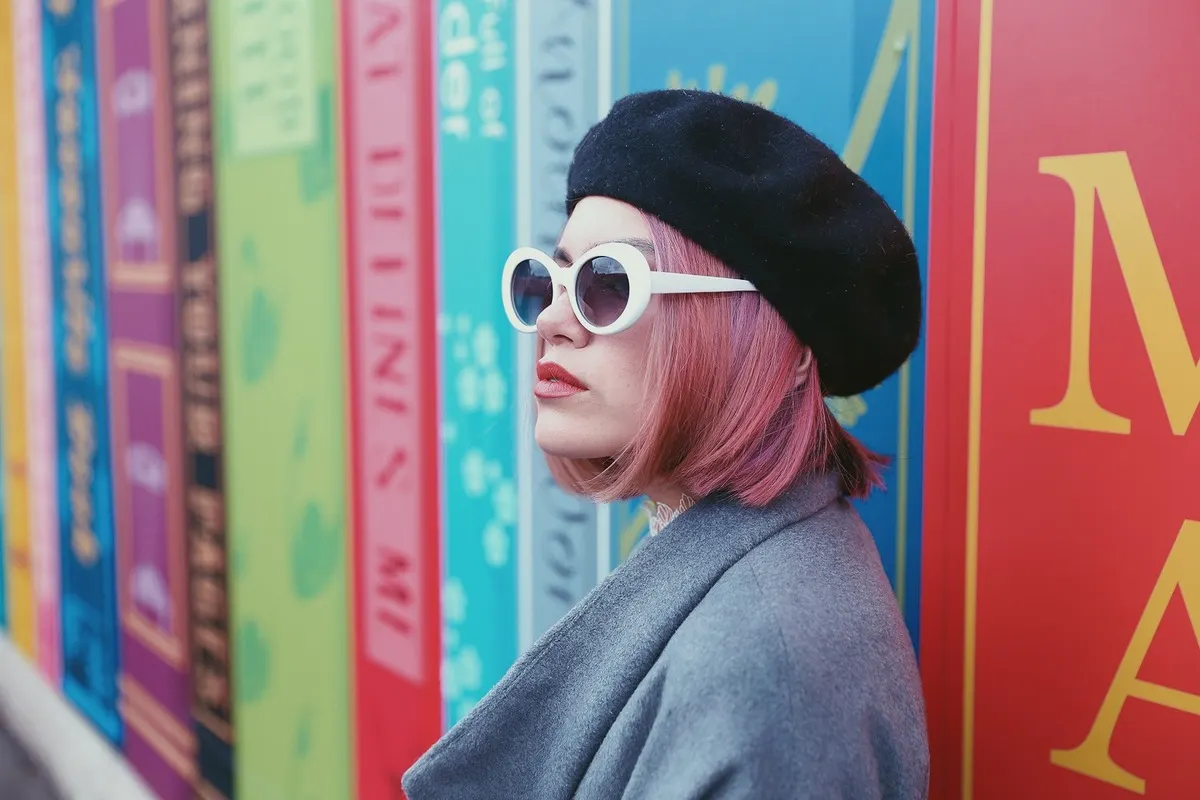
When it comes to working out if your clothes are genuinely vintage, there are some key signs. Look for these signs to point out if a garment is “true vintage” (aka over 50 years old):
- An old label with a store name you can track down. Working out where the garment was produced can help you date its creation.
- Any wear and tear. If an item is vintage, chances are it’s been worn before!
- Non-synthetic fabrics. Plastic and synthetic materials haven’t always been around! Fastenings can also show the date of clothing too, as zips and velcro are newer than clasps and buttons.
- If there is hand mending or hand stitching, you may be dealing with a vintage item.
When and How to Wear Vintage
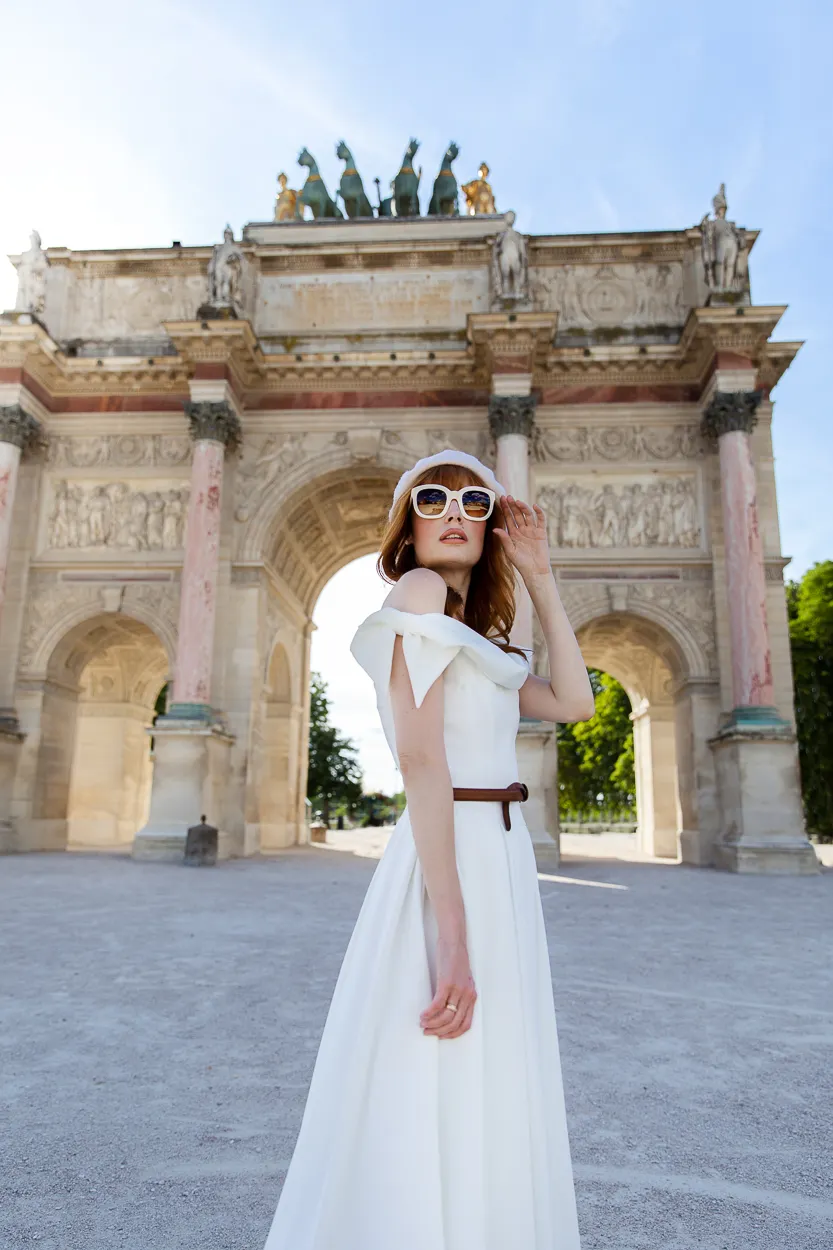
Dressing in a vintage style can be a fun way to show off your personality, but when is the best time to wear vintage? Well, this comes down to the individual and their preferences!
Some only like to wear vintage to formal events or special occasions as it gives them an outlet to express themselves. Others make vintage style a daily habit, a great way to have fun with style in daily life. If you work in a job with a strict dress code, it might not be possible to wear vintage day-to-day, but you can still play with vintage hairstyles and makeup.
If you’re wondering how to embrace vintage looks, keep on reading as we’ve researched the 12 best tips to get your vintage fashion journey started!
12 Simple Tips to Help You Started Dressing Vintage
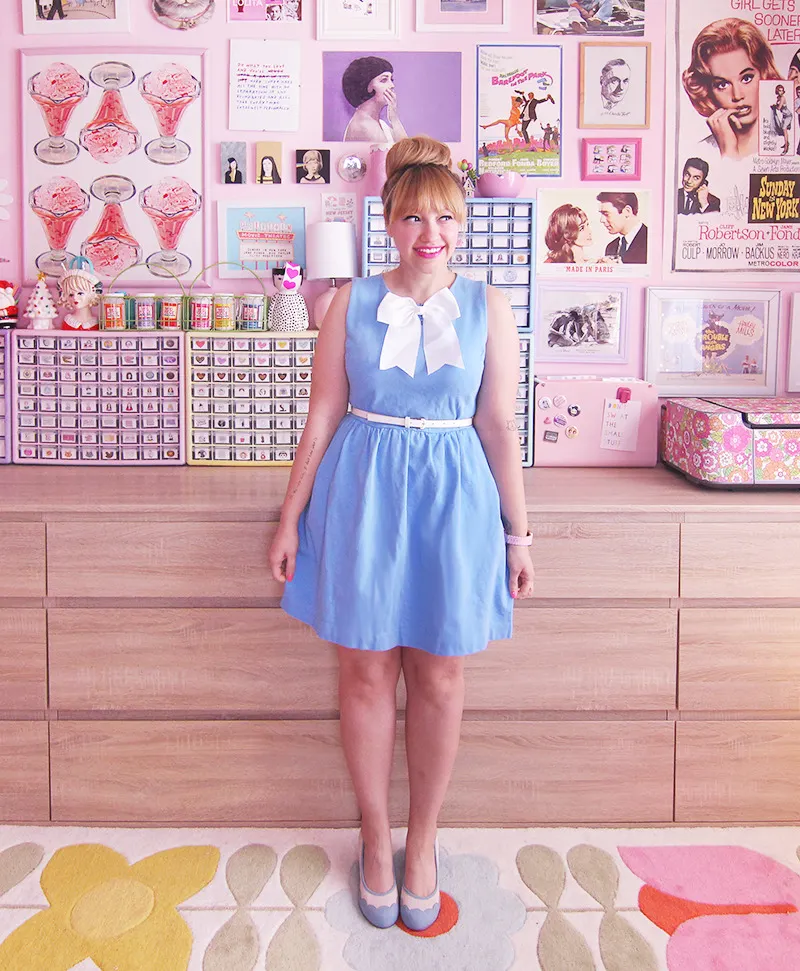
Here are 12 important tips to remember when starting your vintage fashion journey.
1. Get Clear On The Decades You Like
One common mishap when investigating older fashion is mixing the decades. While fusion styles can be very glamorous, sometimes they can look like a hot mess, too.
Before buying any pieces, research vintage fashion and work out which decades suit your personal styles best. If you don’t feel enthusiastic about the period, simply ignore it! That should be an exciting step, so follow your gut.
2. Decide If You Want To Mix Modern Styles In
It’s also important to decide whether you want to integrate modern pieces into your vintage style before you start buying. Dressing in full vintage every day can be time-consuming, and it’s not appropriate for all jobs, so mixing modern elements like jeans can make adopting the style easier at first.
3. Start Making Mood Boards
There’s nothing like a mood board to get you excited to shop!
One of the best ways to work out your unique vintage aesthetic is to use a website like Pinterest to create a collection of vintage images that inspire you. Once you start compiling pictures, you usually begin to see a common theme of outfits you like, perfect for deciding what to buy first!
4. Retro Style VS. True Vintage Finds
You should also determine whether you want to stick to genuine vintage garments or not too. Real vintage clothes can be very expensive and difficult to source, so there’s no shame in opting for a few retro replicas too.
If you’re unsure which path is for you, first try reading blogs from vintage fashion enthusiasts to learn how to source old clothes.
5. Add Some Personality Into The Style
If you’re not embracing your personality, chances are you won’t feel confident in your outfit. If you like girly styles, go for it! On the other hand, you may prefer practical or androgynous styles instead. Whatever your passion is, make sure you embrace it fully.
6. Stock Up On Stockings
A more practical tip for dressing vintage is to buy a lot of stockings. A large majority of women’s fashion in the past involved skirts and dresses. That means cold legs in the winter months if you don’t have adequate hosiery! And there’s no doubt – you will surely want to dress vintage in winter!
7. Explore Statement Pieces
Many are drawn to older clothes because of their unique style and silhouettes. Perhaps you love bright skater skirts from the 1950s or well-tailored blazers from the 1940s. Either way – make sure you splurge on two or three statement pieces to treat yourself and your wardrobe.
8. Brush Up On Hair And Makeup Styles
While a lot of your focus should be on the clothes, it’s also important to play around with makeup and hairstyles.
This may not be as important if you mix vintage and modern styles, but a vintage do’ will complete the look. One thing to note is less is more when it comes to makeup. Though it can be tempting to go crazy with the rouge, strip it back for daytime styles.
9. Invest In Shoes As Well As Clothes
Similarly to adding period-appropriate hairstyles and makeup, don’t forget to try different shoes too! This is a fun step, as vintage shoes often feature more detail than their modern counterparts.
Just remember to be sensible – not everyone can strut around in heels all day, no matter how cute the shoe is!
10. Find Winter And Summer Pieces
If you’re serious about adopting a vintage style, you need to think about different seasons and climates. There’s no use stocking up on thin summer clothes if your home also has cold winters!
A good coat and some jumpers you can layer are good to buy, as you never know when the temperature will suddenly drop.
11. Remember Comfort Matters
At the end of the day, if your outfit isn’t comfortable, you probably won’t feel 100% in it.
To avoid feeling awkward, make sure your clothes aren’t too tight or itchy, as old wool jumpers can be a little frustrating. If it’s making you second guess the outfit, chances are you should get changed.
12. Find A Tailor
Finally, a tailor will be your new best friend. As vintage pieces are few and far in between, you may need to alter the clothes to compliment your body shape.
Research local seamstresses and tailors to find one you can trust. You don’t want any novice tailors working on vintage clothes as they can’t be replaced!
How to Look Vintage With Modern Clothes
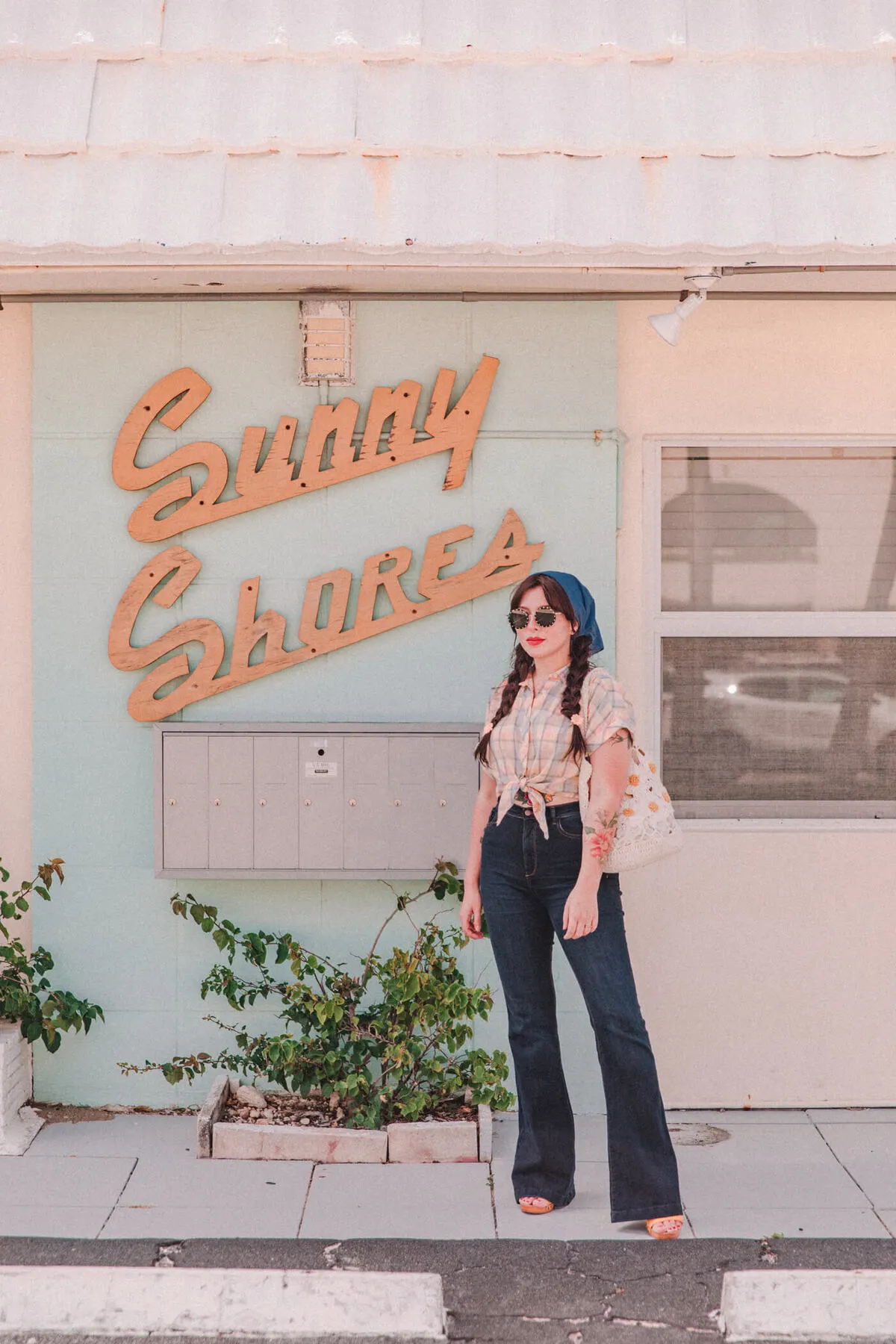
Have you ever heard of modern vintage? This mix of modern fashion and vintage garments is perfect for anyone who doesn’t want to commit to the full vintage style. This is also a great way to save money, as you can play with retro-replica garments and high street styles instead of expensive genuine vintage pieces.
Some tips for mixing contemporary and vintage clothes:
- Choose modern clothes in plain or neutral colors so you can pair them with bold vintage pieces.
- If you’re going to wear the garment a lot, sometimes a retro-replica piece is a better option as the quality may be more durable.
- Match the colors of your vintage piece with your modern clothes for a cohesive outfit.
- Modern high-heels are a great way to transform a vintage style into an evening outfit.
- One of the best styles for a modern vintage mix is the 70s, as the bohemian look is very relaxed.
The Takeaway
From genuine vintage pieces to modern imitation clothes, there’s more than one way to get the vintage style.
Hopefully, the tips in this article have inspired you to start putting your new wardrobe together! Make sure to plan your style before buying, as this can save you time and effort in the long term. Good luck on your vintage-style journey!
